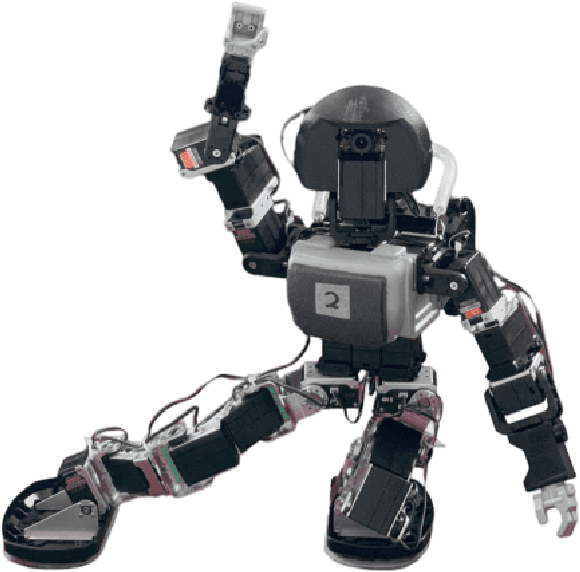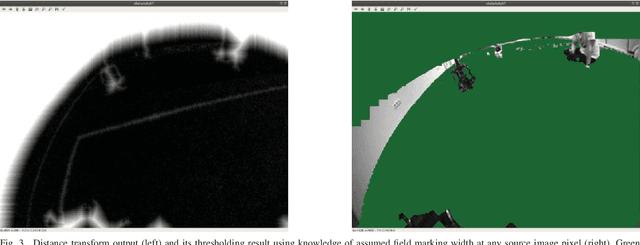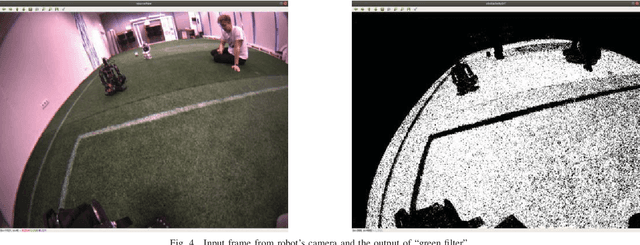Ilya Ryakin
RoboKit-MV: an Educational Initiative
Nov 22, 2021
Abstract:In this paper, we present a robot model and code base for affordable education in the field of humanoid robotics. We give an overview of the software and hardware of a robot that won several competitions with the team RoboKit in 2019-2021, provide analysis of the contemporary market of education in robotics, and highlight the reasoning beyond certain design solutions.
Starkit: RoboCup Humanoid KidSize 2021 Worldwide Champion Team Paper
Oct 15, 2021



Abstract:This article is devoted to the features that were under development between RoboCup 2019 Sydney and RoboCup 2021 Worldwide. These features include vision-related matters, such as detection and localization, mechanical and algorithmic novelties. Since the competition was held virtually, the simulation-specific features are also considered in the article. We give an overview of the approaches that were tried out along with the analysis of their preconditions, perspectives and the evaluation of their performance.
Tiny-YOLO object detection supplemented with geometrical data
Aug 05, 2020



Abstract:We propose a method of improving detection precision (mAP) with the help of the prior knowledge about the scene geometry: we assume the scene to be a plane with objects placed on it. We focus our attention on autonomous robots, so given the robot's dimensions and the inclination angles of the camera, it is possible to predict the spatial scale for each pixel of the input frame. With slightly modified YOLOv3-tiny we demonstrate that the detection supplemented by the scale channel, further referred as S, outperforms standard RGB-based detection with small computational overhead.
Planning to Score a Goal in Robotic Football with Heuristic Search
Aug 04, 2020



Abstract:This paper considers a problem of planning an attack in robotic football (RoboCup). The problem is reduced to finding a trajectory of the ball from its current position to the opponents goals. Heuristic search algorithm, i.e. A*, is used to find such a trajectory. For this algorithm to be applicable we introduce a discretized model of the environment, i.e. a graph, as well as the core search components: cost function and heuristic function. Both are designed to take into account all the available information of the game state. We extensively evaluate the suggested approach in simulation comparing it to a range of baselines. The result of the conducted evaluation clearly shows the benefit of utilizing heuristic search within the RoboCup context.
 Add to Chrome
Add to Chrome Add to Firefox
Add to Firefox Add to Edge
Add to Edge